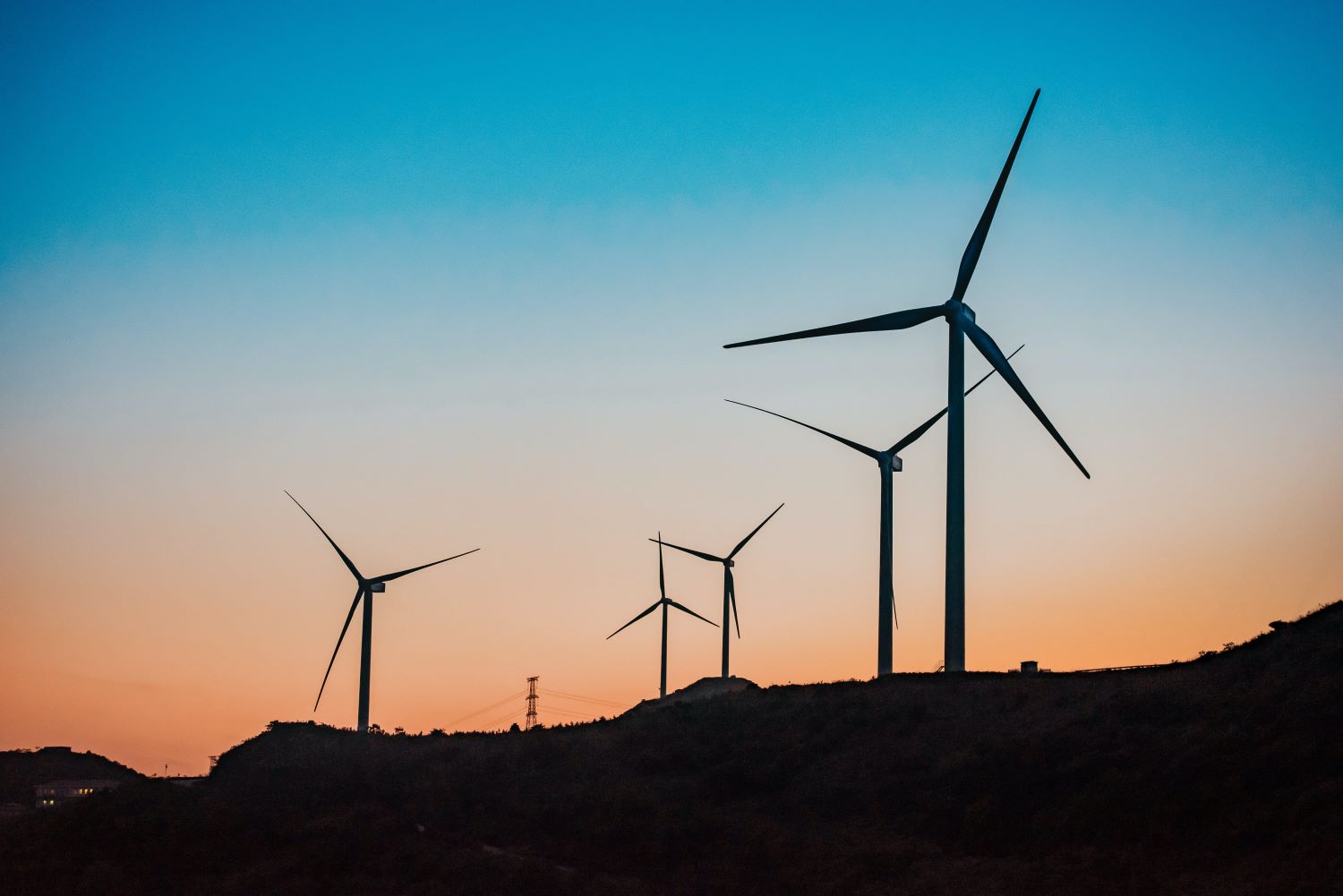
The article is discussing a report from climate think tank Ember, which shows that the growth of wind and solar power is pushing coal, oil, and gas out of power grids at an unprecedented rate.
According to the report, low-carbon sources will cover more than 100% of the growth in electricity demand by the end of 2023, marking a turning point when global fossil fuel electricity generation peaked and began to fall. This means that the power sector is about to enter a “new era of falling fossil generation,” with wind and solar power reaching a record 12% of global electricity generation in 2022.
The report also highlights the need for more nuclear and hydropower to support the transition to a fully decarbonized power sector by 2040, which is necessary to meet global climate targets. Despite rising populations, industrialization, and higher incomes driving up electricity demand, Ember’s report shows that the expansion of renewables is now outpacing the demand for electricity, which means that low-carbon sources are increasingly squeezing out fossil fuels from the mix.
Overall, the report paints a positive picture for the future of clean energy, with record growth in low-carbon power generation estimated to cause fossil fuel output to dip by 0.3% this year.
Ember predicts that this is just the beginning of a long-term decline in fossil fuel usage in the power system, with the continued expansion of wind and solar potentially leading to power sector emissions never peaking higher than they did in 2022. However, Ember also notes that the slowdown in nuclear and hydropower construction could have significant implications for the electricity transition, emphasizing the need for a fivefold rise in hydropower investment and a nuclear “renaissance.”
(This article first appeared on Carbon Brief)


Ready-Made Accounts for Sale Website for Selling Accounts